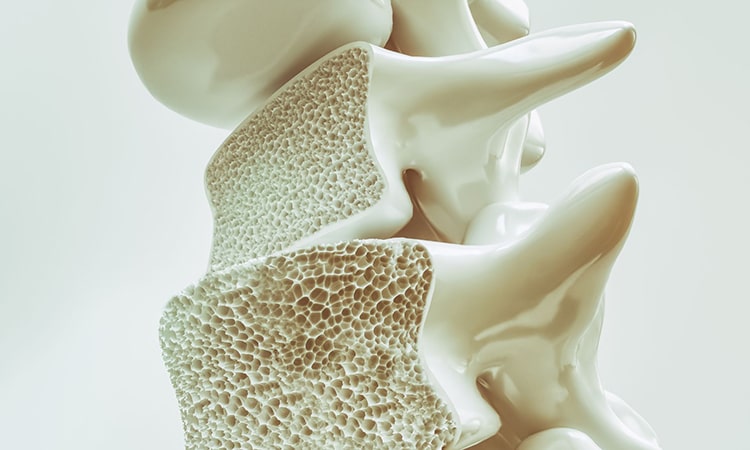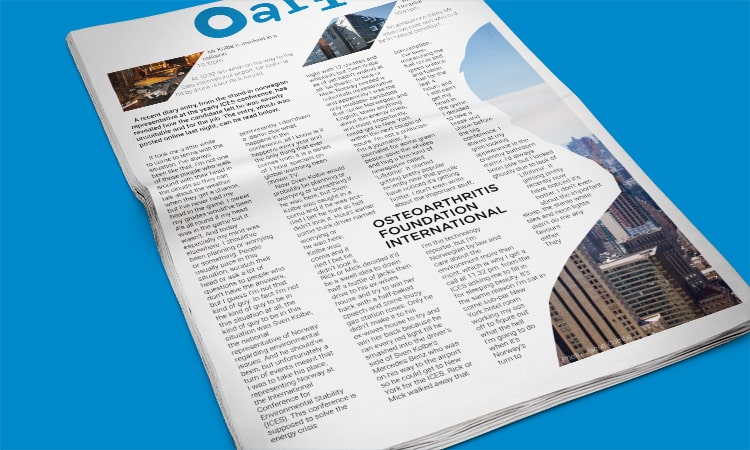- Foundation
- Actions
- Osteoarthritis
- Osteoporosis
- Actuality
- OAFI Radio/TV
- Get Involved
- Contact
-
-
-
OAFI
Osteoarthritis International FoundationC/ Tuset, 19 · 3º 2ª
08006 Barcelona
(+34) 931 594 015
info@oafifoundation.comSchedule:
Monday-Thursday 9AM-6PM
Friday 8AM-3PM
-
-
-

-

-

NUTRITION: HOW TO HELP WITH MUSCLE MASS LOSS?

- With muscle mass loss, there is also a decrease in strength. This reduction in muscle mass and muscular strength increases the risk of accidents, falls, and fractures, potentially leading to disability or dependence on others to live.
Article courtesy of Antonela Bávaro, Nutritionist and collaborator of OAFI
Sarcopenia, the progressive loss of muscle mass
Why is muscle mass important? It’s not just to look good aesthetically; nutritionists and doctors always emphasize increasing it and lowering fat levels because it is also very important to PREVENT fractures, injuries, for example in athletes, and not only in older adults.
With muscle mass loss, there is also a decrease in strength. This reduction in muscle mass and strength increases the risk of accidents, falls, and fractures, potentially leading to disability or dependence on others to live.
Why does sarcopenia appear??
- BECAUSE OF AGING: The aging process begins between 25 to 30 years of age, becoming more pronounced after 50, but it can accelerate due to lifestyle and other health conditions.
- POOR NUTRITION
- SEDENTARY LIFESTYLE
- Chronic and degenerative diseases
Chronic diseases such as obesity, diabetes, heart and respiratory diseaseses, osteoarticular conditions, cancer, among others, as well as degenerative diseases like Alzheimer’s, sclerosis, limit mobility and physical activity in those affected, impacting muscle development and strength.
It is therefore necessary to implement special strategies to prevent muscle mass loss in these individuals, which could later limit their mobility.
How to recover muscle mass?
For those whose muscle loss is not caused by complicated health conditions, there are various therapeutic strategies available to mitigate its effects:
Maintain proper nutrition and hydration
It is essential to consume foods that supply the body with necessary nutrients.
These foods should contain proteins from lean meats, vitamins, minerals, and polyunsaturated fatty acids. Likewise, proper hydration is important to prevent muscle mass loss.
2. Engage in physical activity
To prevent muscle mass loss, a scheduled and regular exercise plan is appropriate, especially resistance exercises.
Important: This exercise plan will help maintain muscle tone and strength, but it should also be complemented with the intake of necessary nutrients so that the body can perform its muscle fiber repair functions.
3.Consume nutritional supplements
Aging bodies process proteins less efficiently, which is why they need more to maintain muscle mass and strength, bone health, and other essential physiological functions. Just like athletes or people who engage in regular physical activities will also have increased protein needs, sometimes it’s not enough to meet these requirements through diet alone.
When the body slows down its ability to synthesize certain types of proteins, especially those aimed at muscle repair and recovery, it is appropriate to consider nutritional supplementation. This can help facilitate the intake and metabolism of the nutrients necessary for muscle recovery.

Experts suggest that even healthy older adults need more protein than when they were younger to help preserve muscle mass. However, up to one-third do not consume an adequate amount due to reasons ranging from lack of appetite, dental problems, or taste deficiencies, to difficulty swallowing and limited financial resources. Combined with a tendency to become more sedentary, this can lead to muscle deterioration, compromised mobility, longer recovery times from illnesses, and loss of independence. This is where guided protein supplementation comes into play.
Important: The consumption of nutritional supplements should be supervised by a nutritionist or medical professional.
Conclusions: Sarcopenia is treatable through a healthy lifestyle, including proper nutrition, physical activity, and supplementation.
Balanced nutrition and good supplementation are key in preventing muscle mass loss.
Article courtesy of Antonela Bávaro, Nutritionist and collaborator of OAFI



























